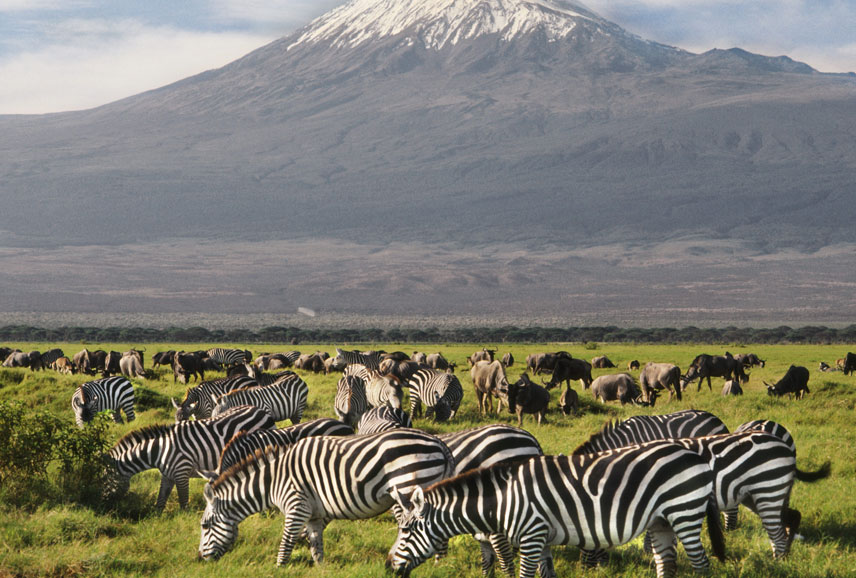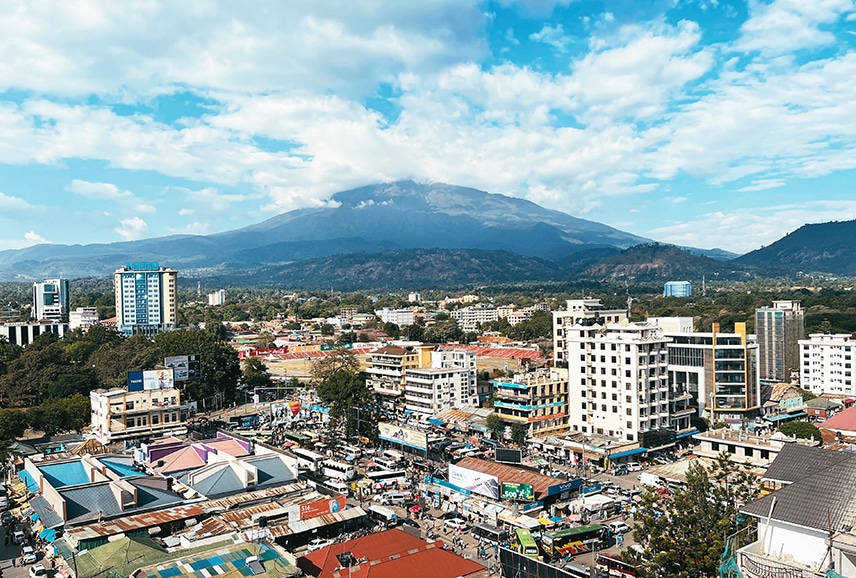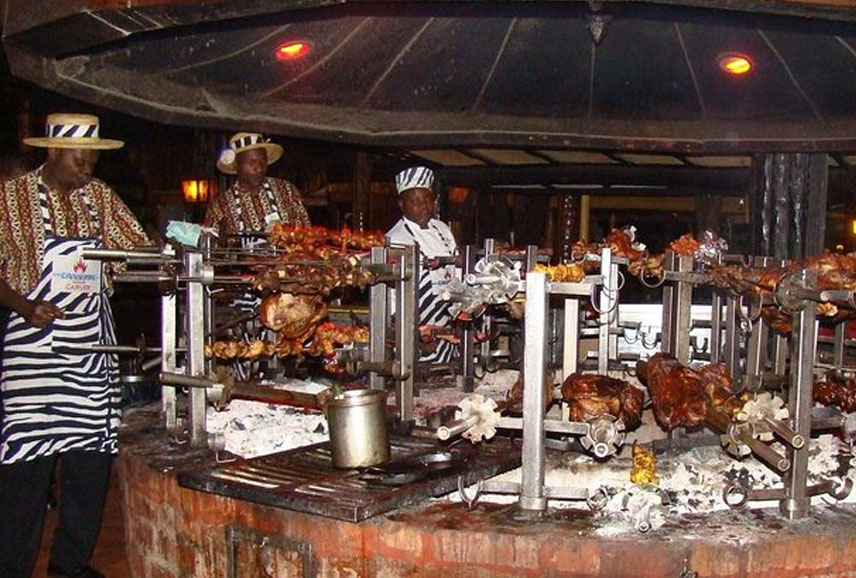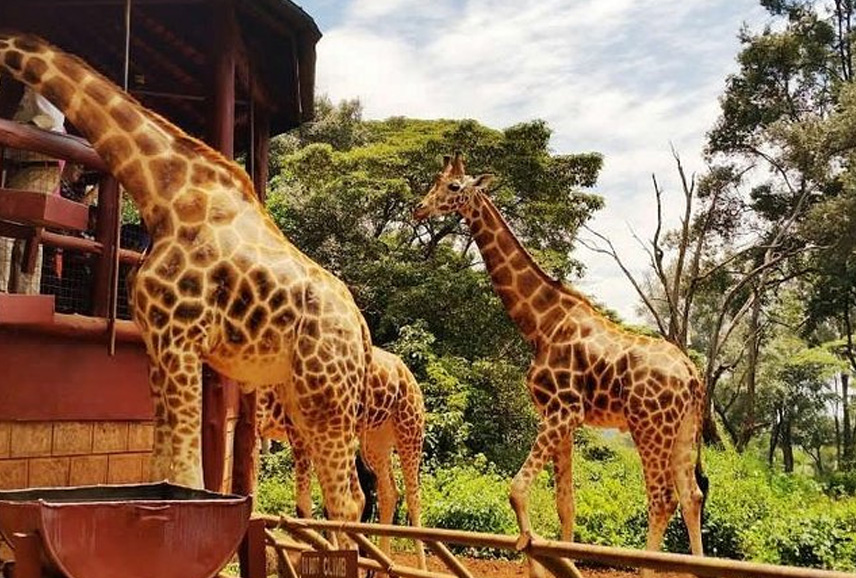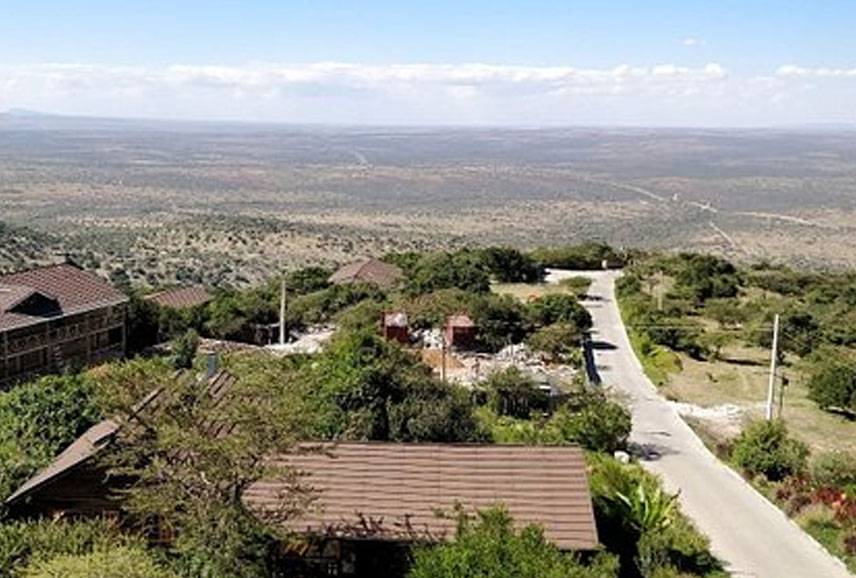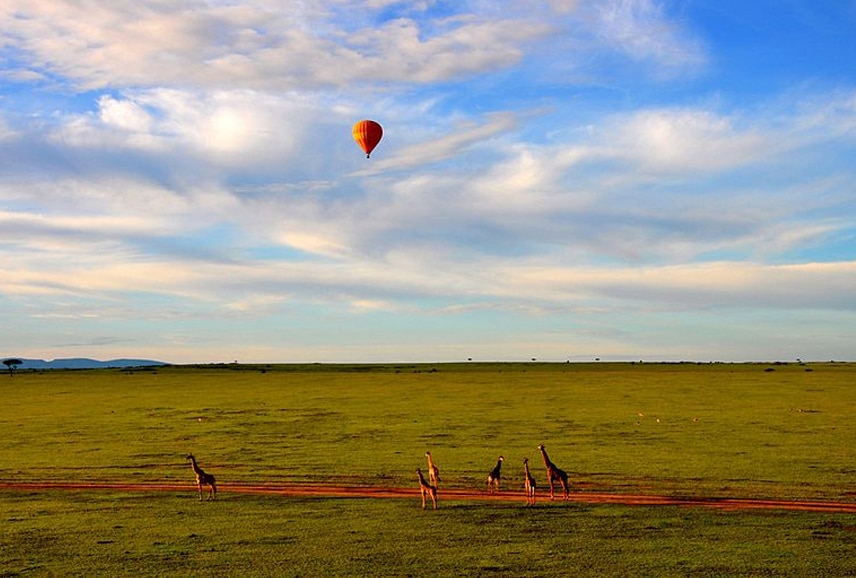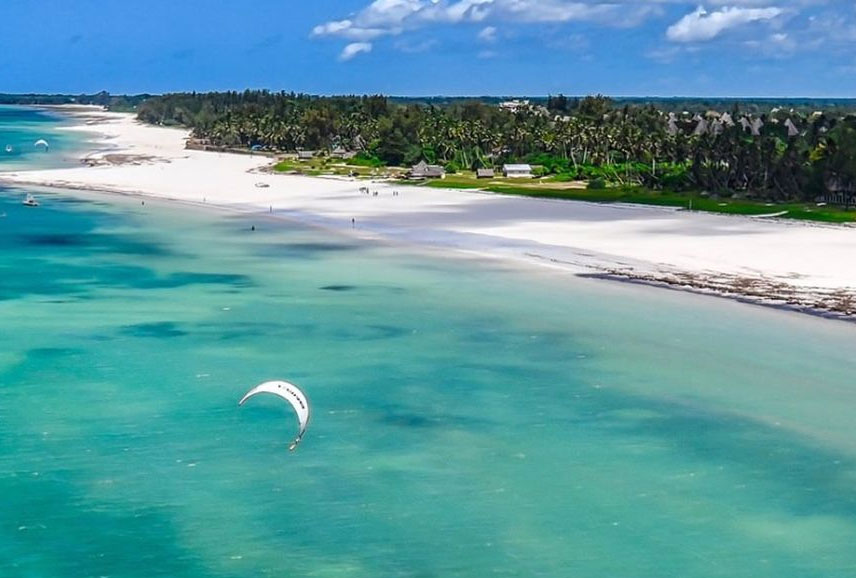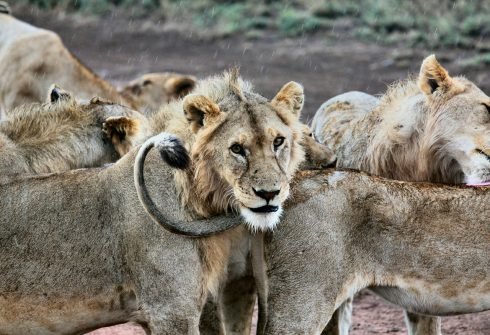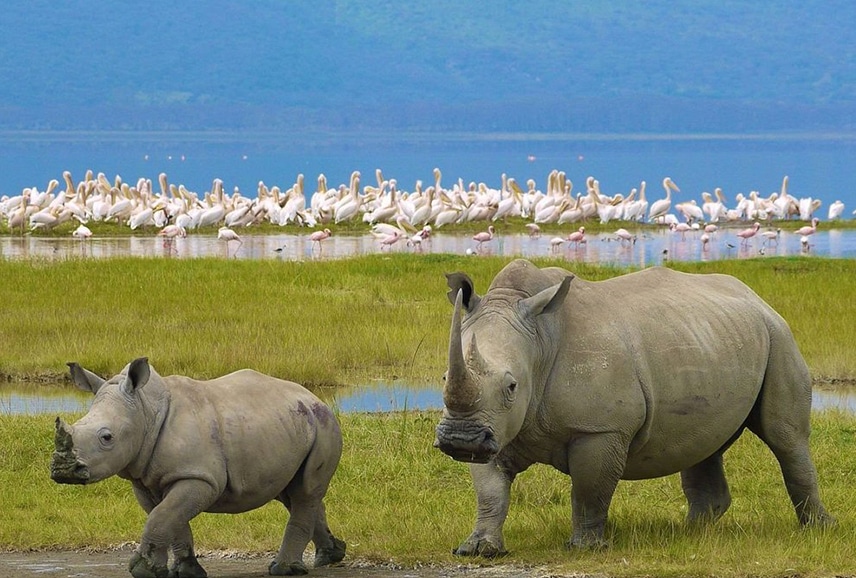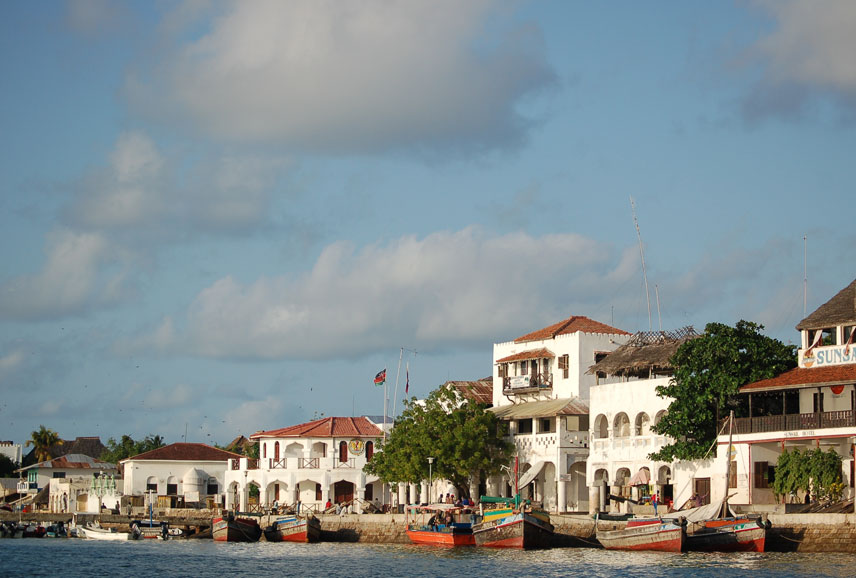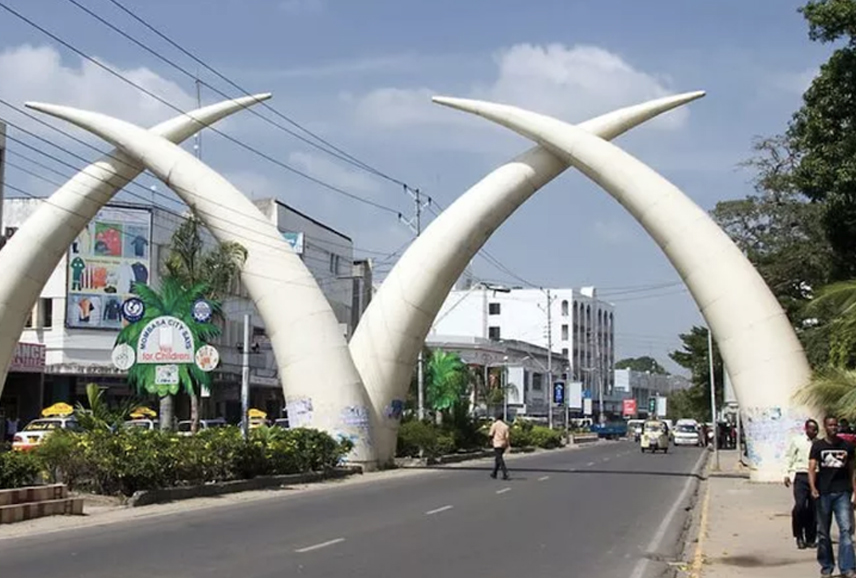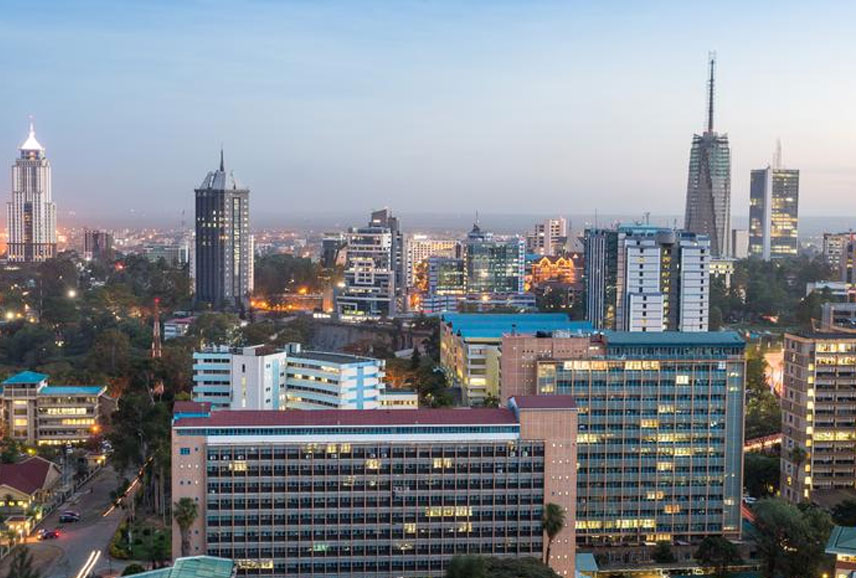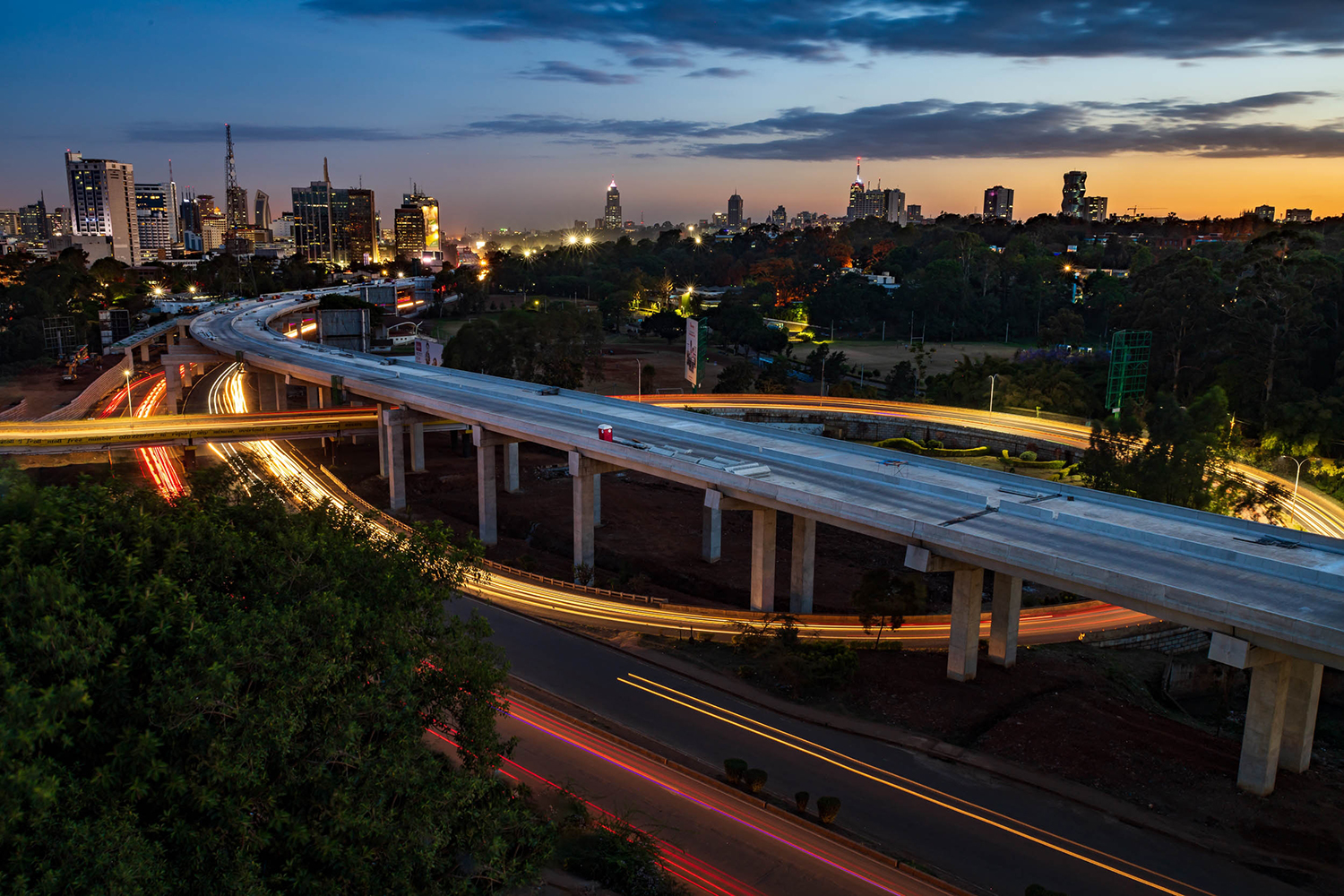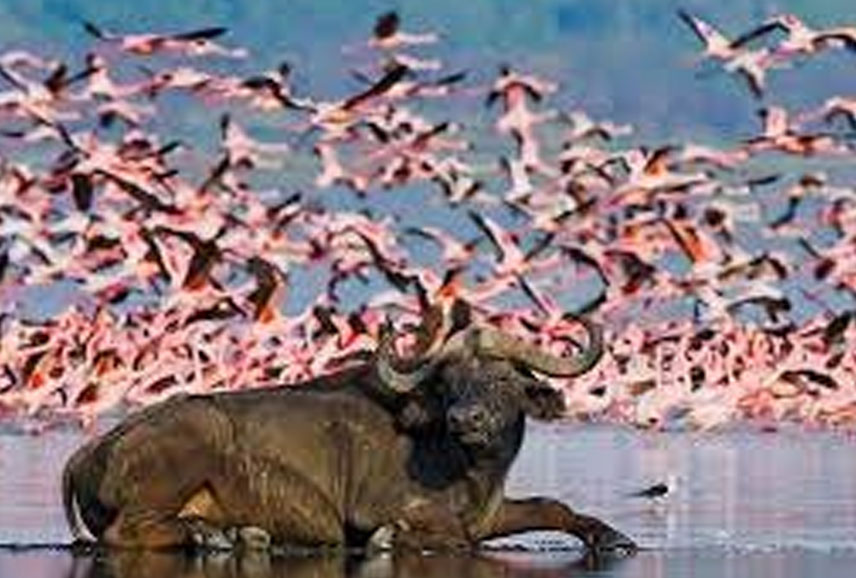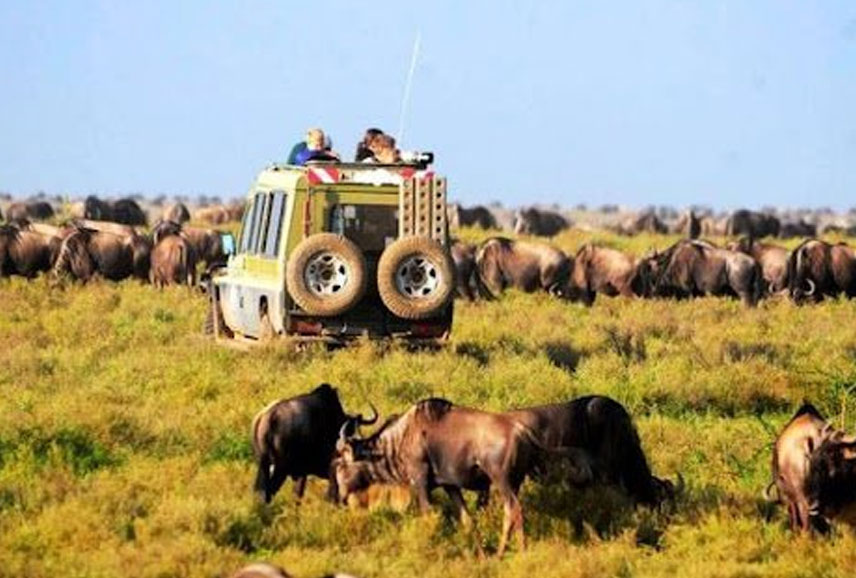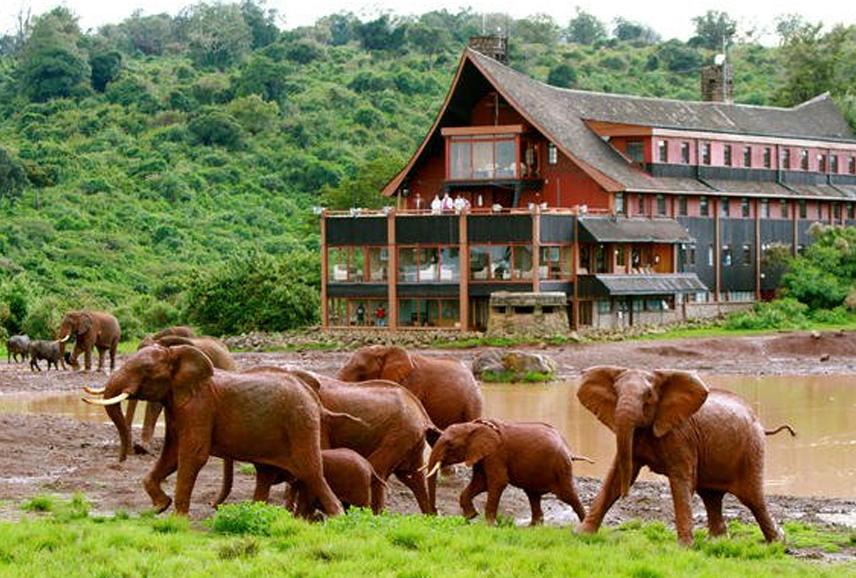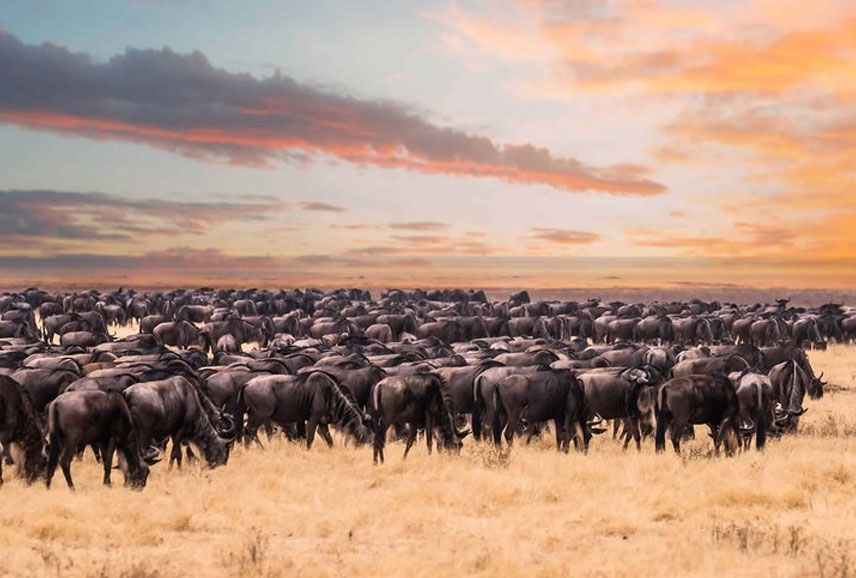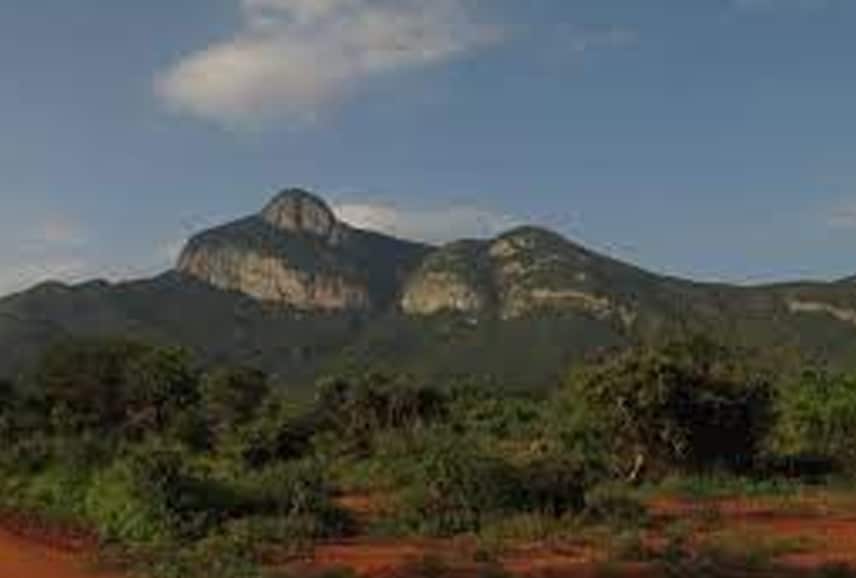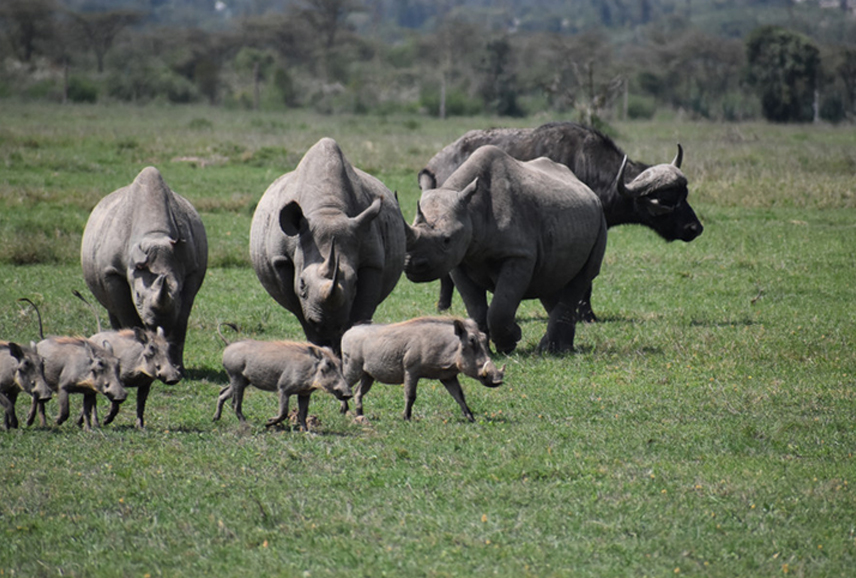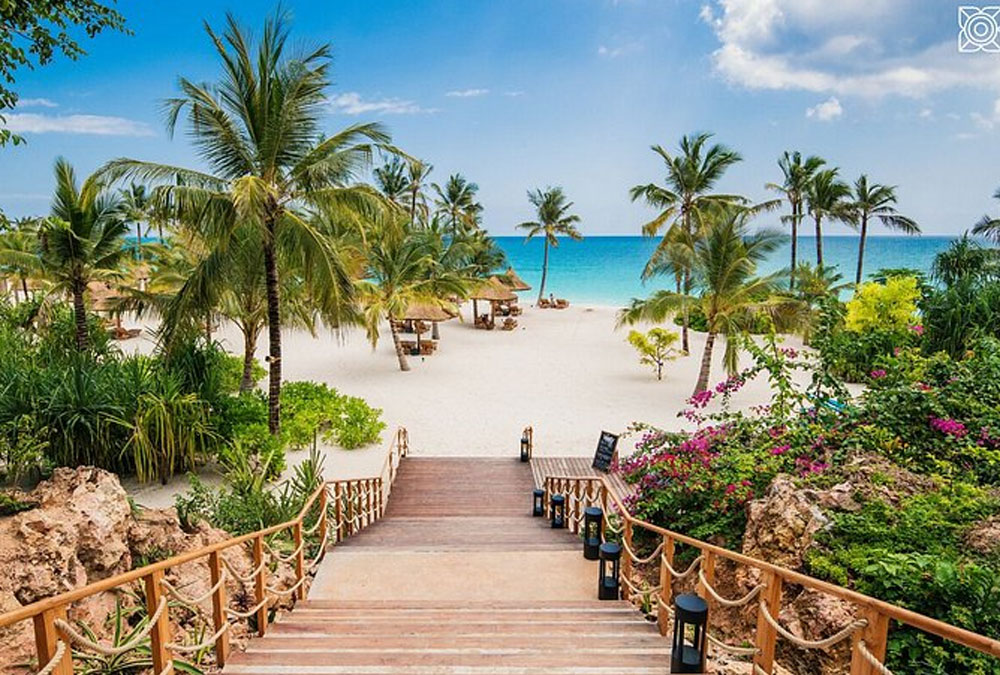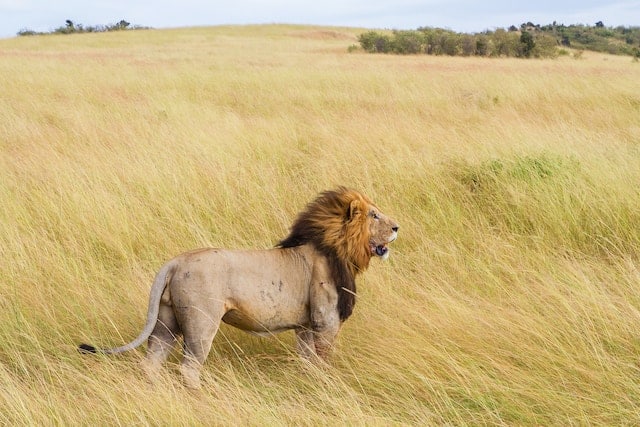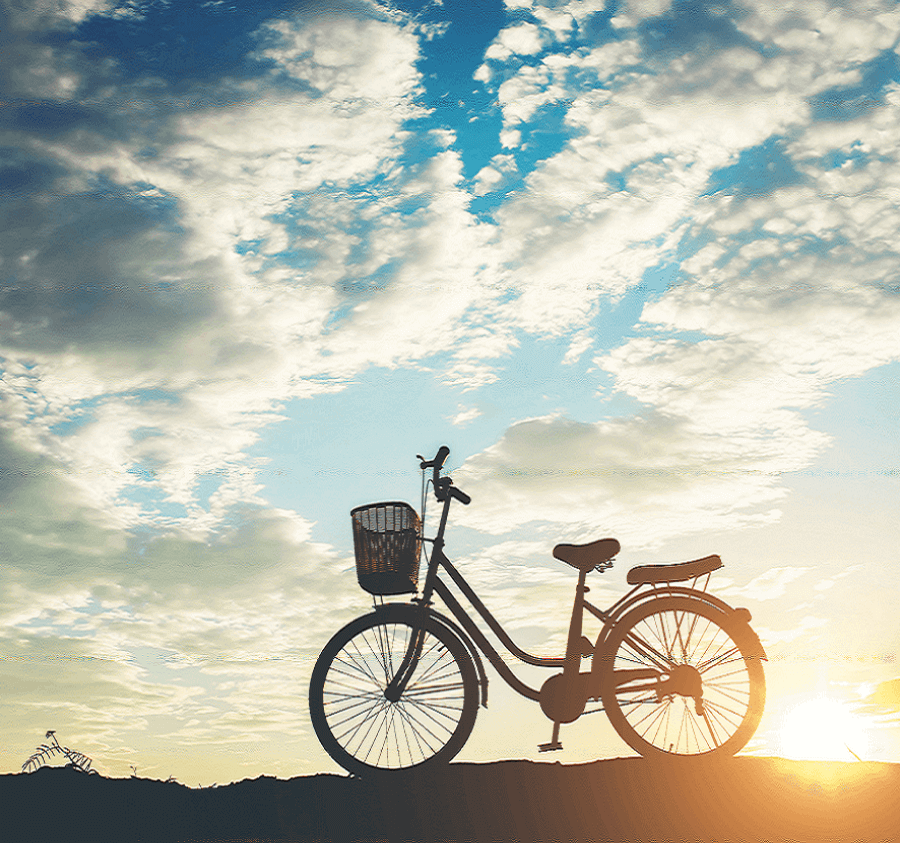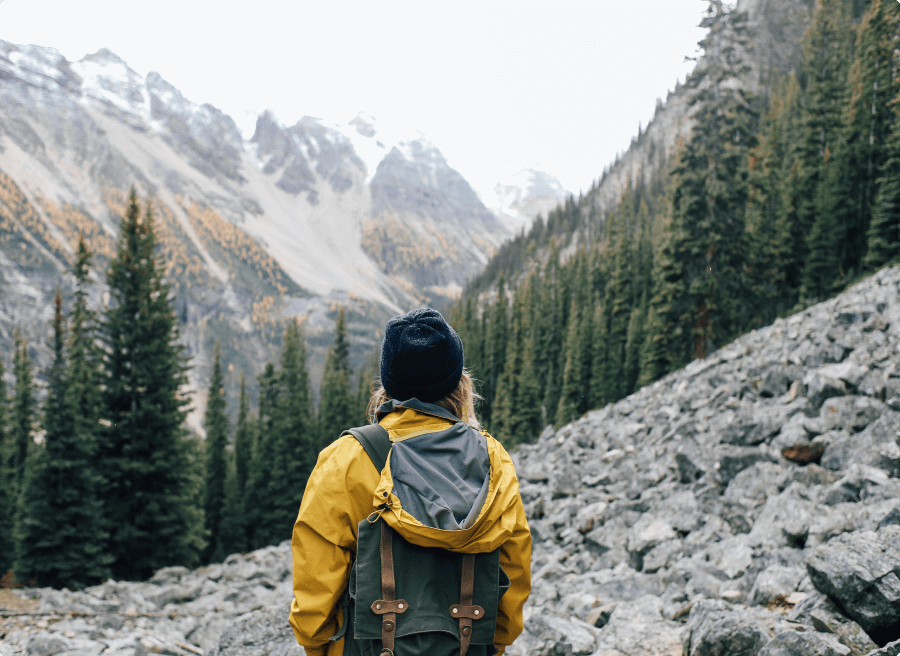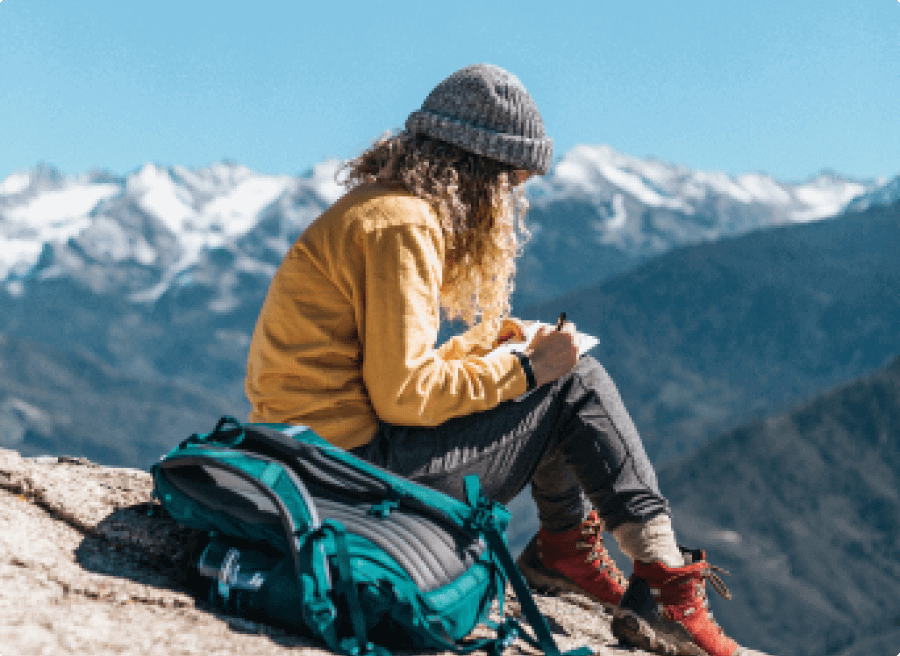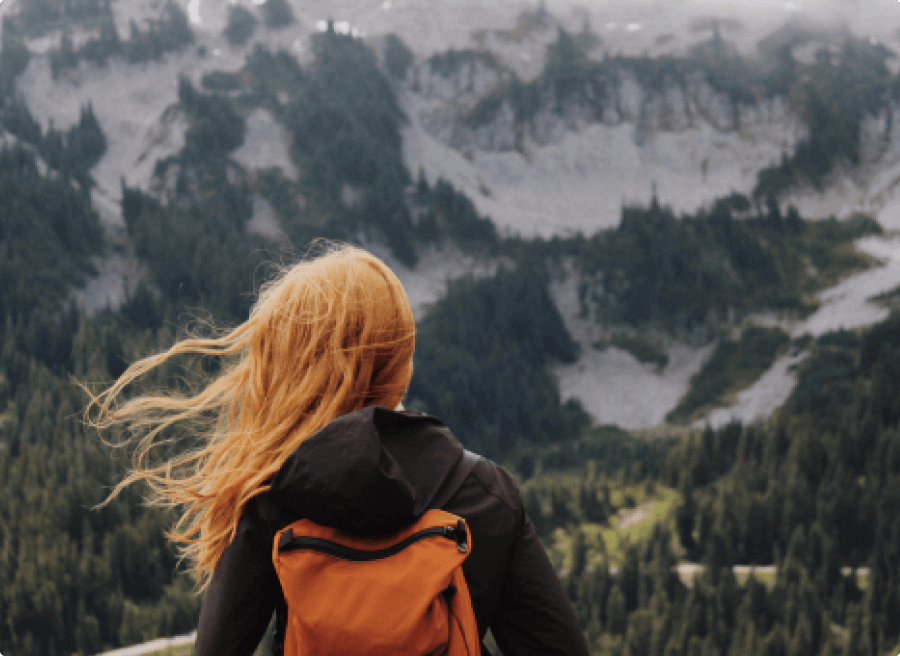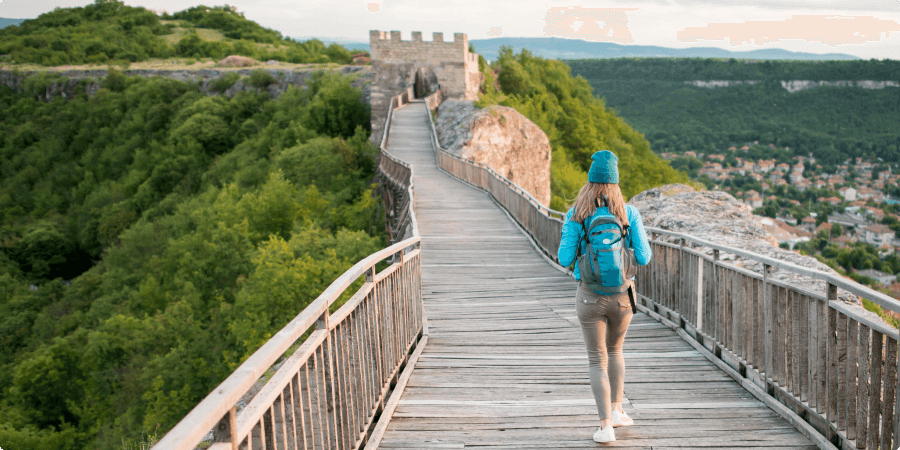You’re dreaming of a Kenyan safari, aren’t you? Galloping wildebeests, regal lions, towering giraffes – it’s an adventure you can’t resist. But, planning such a trip can be daunting. Don’t fret! We’ve got insider tips to make your safari planning a breeze. From understanding the climate to choosing the perfect package, we’ve got you covered. So, sit back, relax, and let’s dive into making your Kenyan safari dream a reality.
Understanding the Kenyan Climate
In planning your Kenyan safari, it’s crucial to understand that the country’s climate, influenced by its equatorial location, varies greatly from region to region. The climate impact on your trip can be profound, affecting both wildlife movements and your personal comfort. Kenya experiences two rainy seasons, with rainfall distribution being uneven across the country. The coast and western regions receive more rain than the arid northern areas. Therefore, specific safari destinations might be better at certain times of the year. For instance, the Maasai Mara is exceptional during the dry season when wildlife congregates around limited water sources. However, don’t let the climate discourage you. With proper planning, your Kenyan safari can be an unforgettable experience, no matter the season.
Best Time for Kenya Safari
Choosing your safari dates can significantly influence your Kenya safari experience, so it’s essential to consider wildlife patterns, weather conditions, and crowd levels. The best time for wildlife spotting is during the dry season, from late June to October. Animals congregate around water sources, making them easier to spot. However, this period is also peak tourist season, which can increase safari costs due to high demand.
A less crowded but equally rewarding time is during the short rains in November and December. Wildlife is still abundant, and the landscapes are lush and vibrant. The safari costs are lower during this period, however, the rain might slightly affect your game drives. In short, it’s all about balancing your preferences for wildlife, weather, crowd, and budget.
Choosing the Right Safari Package
Choosing the right safari package is equally crucial as deciding on the perfect time for your Kenyan expedition. To ensure you’re getting the most value, you’ll need to carefully analyze what’s included in each package. Comparing different safari packages will not only save you money, but also guarantee a memorable experience tailored to your preferences.
Package Inclusions Analysis
Your safari package’s inclusions can make or break your Kenya experience, so it’s crucial to analyze them carefully. Package costs may vary significantly based on what’s included and what’s excluded. An all-inclusive package might seem expensive at first glance, but consider the value you’re getting: accommodations, meals, park entrance fees, and guided game drives. Conversely, a cheaper package may exclude essential aspects, leading to unforeseen expenses. When comparing, don’t just look at the bottom line. Evaluate the inclusions and exclusions, consider the quality of the accommodation, the expertise of the guides, and the overall safari experience. Remember, the right package isn’t always the cheapest one—it’s the one that offers the best value for your money and meets your specific needs.
Comparing Safari Packages
When it comes to selecting the ideal safari package, there’s a multitude of options to consider, each offering a unique blend of experiences and amenities. It’s essential to compare the offerings based on your specific needs and budget. Package affordability is a major factor. Look for a package that provides the most value for your money, without compromising on the quality of the experience.
Meanwhile, don’t overlook the importance of sustainable tourism. Ensure the safari company practices environmental conservation, respects local communities, and contributes to wildlife preservation. Your choice can make a significant impact on the preservation of Kenya’s natural heritage. Remember, the right safari package isn’t merely about the cost; it’s about creating meaningful, responsible, and unforgettable experiences.
Essential Safari Gear Checklist
You’ve chosen your safari package, but now let’s consider what to pack. The importance of the right safari clothing, photography equipment, and survival tools can’t be overstated. We’ll guide you through each category to ensure you’re well-prepared for your Kenyan safari.
Choosing Appropriate Safari Clothing
In planning for your Kenya safari, it’s crucial to prioritize the right gear, starting with appropriate attire. The color significance of your clothing can’t be overstated. Opt for earthy tones like khaki, brown, or beige to blend in with nature. Bright colors and whites can startle wildlife, while dark shades attract insects. Fabric selection also matters. Choose breathable, lightweight fabrics like cotton or linen for comfort in the hot African sun. Layering is a must as temperatures can drop significantly at night. Also, include a waterproof jacket for unexpected showers. Don’t forget a sturdy pair of walking shoes and a wide-brimmed hat for sun protection. Lastly, pack a quality pair of binoculars for an up-close look at the amazing wildlife.
Essential Safari Photography Equipment
Now that you’ve got your clothing sorted, let’s focus on the photography gear you’ll need to capture those breathtaking wildlife moments. Start with a good DSLR camera, configured with the right camera settings for wildlife photography. A fast shutter speed and higher ISO are key to capturing clear, vibrant shots.
Next, ensure you have a sturdy, yet lightweight, tripod for stability. Wildlife framing can be tricky, so consider a telephoto lens for those distant shots and a wide-angle lens for capturing landscapes.
Don’t forget spare batteries, memory cards, and a cleaning kit to keep your equipment in top shape. Lastly, a camera bag for protection and easy access to your gear is crucial. With these essentials, you’re set for an amazing safari photography experience.
Survival Tools for Safari
Beyond the camera gear, there are other essential items you’ll need to stay safe and comfortable on your safari adventure. A key part of emergency preparedness is equipping yourself with a first-aid kit, flashlight, and a multi-tool. A lightweight, durable water bottle is crucial to stay hydrated.
Consider a local flora identification guide, it’s not just about knowing the beautiful plants, but also identifying those that could be harmful. Similarly, binoculars aren’t only for wildlife spotting, but can help you see potential dangers from a distance.
Don’t forget utility items like insect repellent, sunscreen, and a hat for protection against the elements. Lastly, always carry a reliable map and compass. They’re old-school, but invaluable when technology fails.
Understanding Wildlife Migration Patterns
Grasping the wildlife migration patterns in Kenya can dramatically enhance your safari experience, letting you witness animals in their most fascinating natural behaviors. Migration influences animal behavior significantly, dictating their movement across vast landscapes in search of food, water, and mating opportunities. The most famous migration is the Great Wildebeest Migration, a spectacle involving over 1.5 million wildebeests, zebras, and gazelles moving between the Serengeti in Tanzania and Kenya’s Masai Mara. Understanding these patterns allows you to plan your safari during peak migration times, ensuring you don’t miss out on this extraordinary display. Remember, each species has its unique migration pattern. Observing these migrations is a thrilling sight, one that showcases the raw beauty and resilience of Kenya’s wildlife.
Safety Tips and Health Precautions
While observing Kenya’s magnificent wildlife migrations is a captivating experience, it’s crucial that you prioritize your safety and health during your safari adventure. Before your trip, ensure you are up-to-date on all necessary travel vaccines. Your doctor can advise on vaccines specific to Kenya, such as Hepatitis A, Typhoid, and Yellow Fever. It’s also advisable to carry a basic first-aid kit that includes insect repellent, sunscreen, and rehydration salts.
Always remember that health insurance is just as important as your passport when travelling. Ensure your insurance covers emergency evacuations, as medical facilities in remote areas may be below standard. Lastly, follow your guide’s instructions at all times to stay safe. Plan wisely and you’ll have a thrilling, worry-free safari!
Embracing Kenyan Culture and Traditions
In the midst of your safari adventure, don’t forget to immerse yourself in the rich Kenyan culture and traditions. Understanding cultural etiquette is key. Kenyans value respect, so always greet with a handshake and maintain direct eye contact. It’s customary to ask about one’s family and health before delving into business matters.
Dive into traditional cuisine as well. Kenyan meals are a symphony of flavors, with staples like Ugali, a maize meal, and Sukuma Wiki, a collard green dish. Don’t miss out on Nyama Choma, Kenya’s famous grilled meat.
